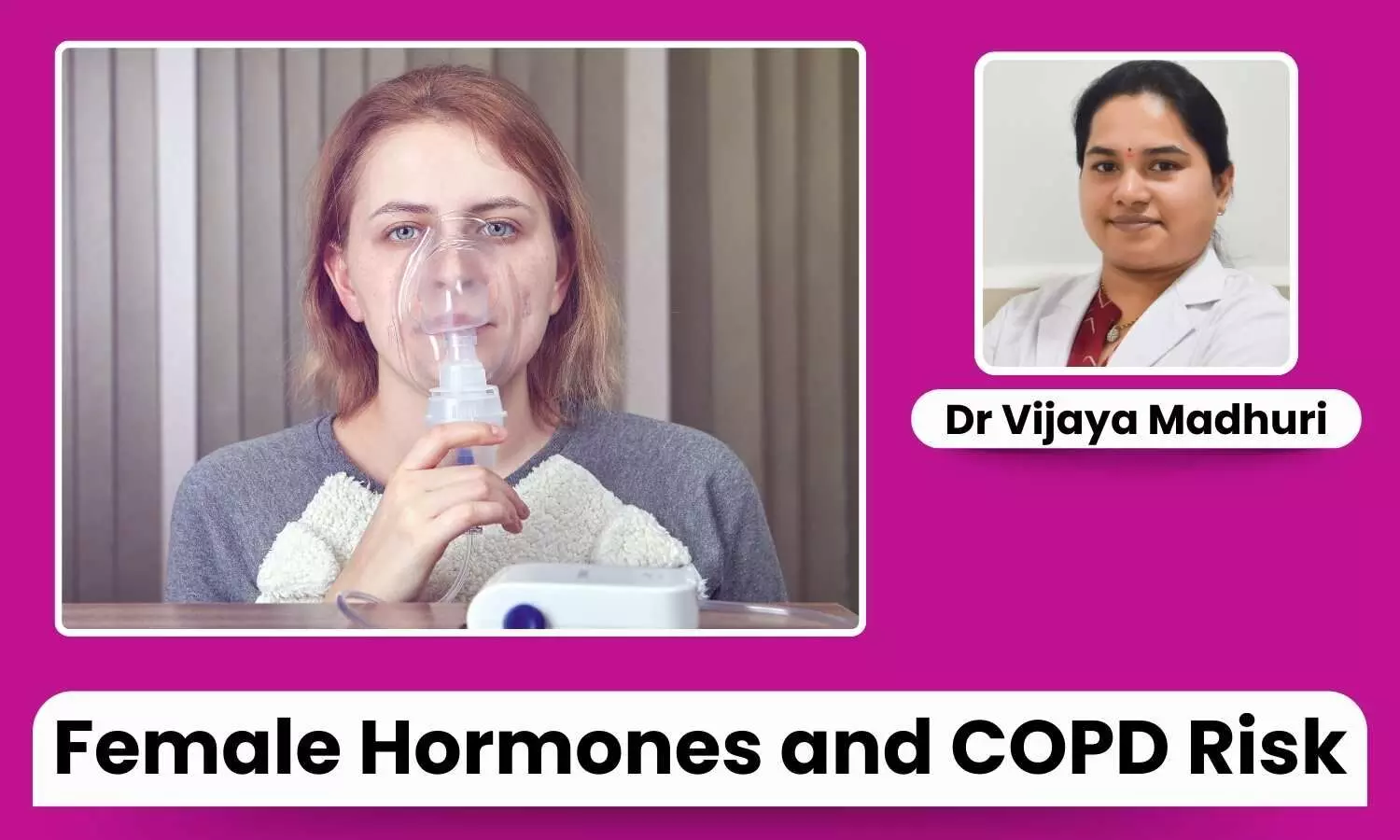How Menstruation and Menopause Increase the Risk of COPD: Implications for Fertility and IVF - Dr Vijaya Madhuri

Introduction to Menstruation and Menopause
A female reproductive cycle starts with menstruation and ends with menopause. The monthly menstrual cycle involves loss of the uterus linings and occurs every 28 days unless a fertilization takes place.
Women experience menopause when they do not menstruate any more, with their average age being between ages from 45 to 55 years. This indicates that there are natural reproductive years for a woman’s body, which are caused by the lowered capacity for estrogen and progesterone hormones.
Understanding COPD and Increased Risk Factors
Chronic Obstructive Pulmonary Disease is a term that includes diseases such as emphysema and chronic bronchitis, which involve increased resistance to airflow and difficulty in breathing.
Studies have found that women are more likely to have severe forms of the disease earlier than men, as well as more common than it was projected. Of COPD patients who are not smokers, the vast majority are women, indicating that there are other risk factors for these people, particularly hormones.
Female Reproductive Factors and COPD
In the present comprehensive study encompassing 283,070 women with a median age of 54 years, researchers embarked on an 11-year journey to unravel the intricate relationship between women's reproductive history and the development of COPD.
New evidence based on the results of previous studies has made it possible to better understand the associations between reproductive history in women and the risk of developing chronic obstructive pulmonary disease.
Investigations have established that the younger the women were when they first menstruated and the fewer the children they had, the higher the risk of developing chronic obstructive pulmonary disease.
Women who started menstruating at a younger age or women who underwent menopause at the age of 40 were also estimated to have a higher tendency of developing this chronic respiratory disease.
Implications for Fertility and IVF Treatments
The intersection of COPD with fertility and In Vitro Fertilization (IVF) treatments is multifaceted. COPD's impact on general health can complicate pregnancy, potentially exacerbating symptoms due to the increased abdominal pressure from a growing fetus.
For women undergoing IVF, understanding the nuances of COPD is crucial, particularly because hormonal treatments could influence respiratory health. Managing COPD effectively during IVF requires a tailored approach, ensuring medications and hormonal treatments do not adversely affect lung health.
COPD Management in Fertility Treatments
The relationship between COPD, fertility, and In Vitro Fertilization (IVF) procedures is quite intricate. The effect of COPD on general health may pose several risks during pregnancy, as the increased abdominal pressure by a developing fetus may worsen the symptoms.
Such women additionally have to grapple with various aspects of COPD, and for instance, receiving ovarian stimulation is often detrimental to their lung health.
This implies that effective control of COPD during IVF procedures is considerably about customizing the treatment so that medications and hormonal therapies do not negatively impact lung health.
Concluding Thoughts
The link between female reproductive factors and COPD offers critical insights into women's health, highlighting the need for integrated healthcare approaches that consider both reproductive and respiratory health, especially in the context of fertility treatments and IVF.
By understanding and addressing the unique challenges posed by COPD in relation to menstruation and menopause, healthcare providers can better support women’s health across all stages of life.
This understanding not only advances medical knowledge but also empowers women making informed decisions about their reproductive and respiratory health, particularly when considering fertility treatments like IVF.
With ongoing research and tailored healthcare strategies, the goal is to minimize COPD risks while optimizing fertility and pregnancy outcomes, ensuring a holistic approach to women's health.


